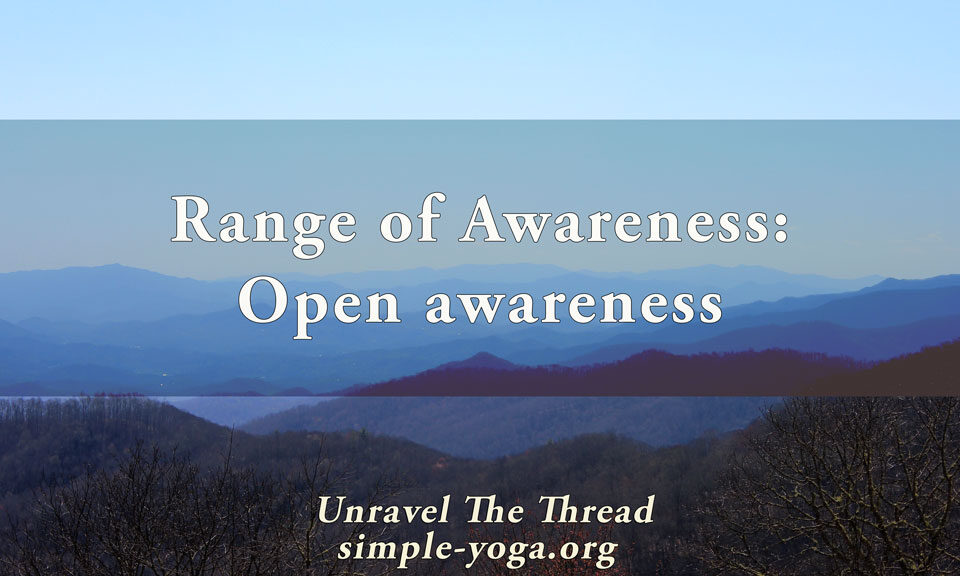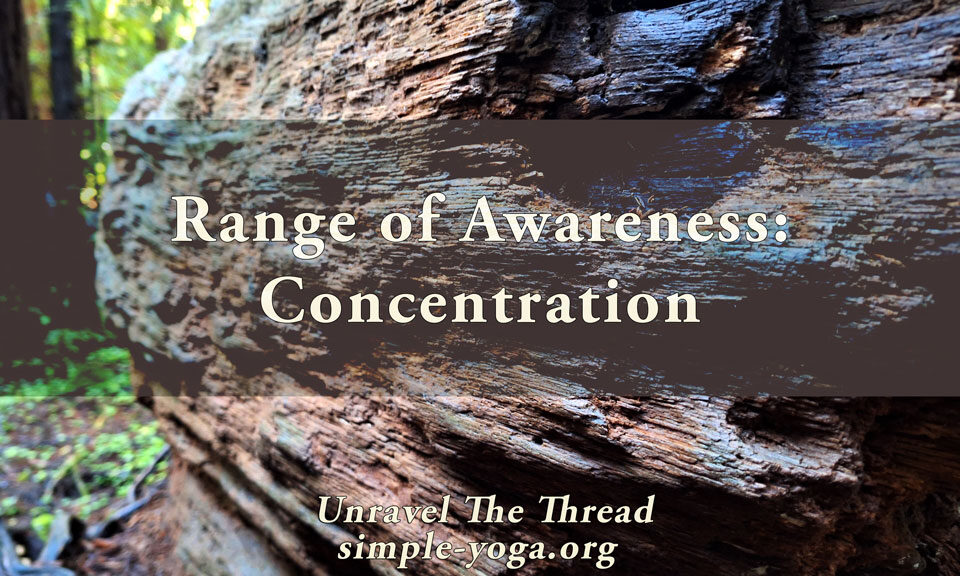
1.42 Integration with reasoning
February 27, 2020
1.44 Subtle levels of integration
February 28, 20201.43 Integration beyond conceptualization

1.43 When the object of meditation stands out without any thoughts or memories associated to it, integration beyond conceptualization (nirvitarka samadhi).
This verse talks about the second subdivision of the first aspect of samadhi listed in sutra 1.17, integration beyond conceptualization (nirvitarka samadhi). In yoga practice there is a constant process of moving towards subtler levels of experience, which means that you continue refining your perception and becoming aware of subtler levels of perceptions as you explore subtler aspects of yourself. In the previous stage (savitarka samadhi), the object, its name and your knowledge about it where useful to concentrate your attention. At this new level, those same elements become a hindrance to a deeper level of meditation because they keep your awareness at a more superficial level. Since those associated elements to the focal object are released, this stage is called integration beyond conceptualization (nirvitarka samadhi). The object stands out and your mind does not try to load it with meaning, thoughts and opinions. This is a critical point to move towards being with what is, just as it is, and being with yourself just as you are. Notice that, on an average day, a lot of your attentional resources are probably focused on external and perhaps surface level details of whatever you interact with. It can be argued that the purpose of many yoga techniques is to help you become aware of how distractions arise.
In the previous stage of samadhi, you can stay focused, while in this stage you are fully focused on the object alone without adding any commentary whatsoever.
During your day choose to notice how often your attention goes to seemingly random thoughts and to memories triggered by the stimuli around you. Is this a voluntary or involuntary process? To what extent can you be so absorbed in something that your internal chatter stops? When that happens, do you experience objects, actions and interactions with greater vividness? Do your memories, predictions and expectations enhance your wholehearted awareness? What attitudes are more conducive to deeper attention? If you remember that each moment is unique and unrepeatable, are you more attentive?
As usual, one more way of exploring the meaning of this sutra is by chanting it.
You can choose to chant it in its traditional form with some of the words coming together:
1.43 smṛtipariśuddhau svarūpaśūnyevārthamātranirbhāsā nirvitarkā
स्मृतिपरिशुद्धौ स्वरूपशून्येवार्थमात्रनिर्भासा निर्वितर्का ॥४३॥
Another option is to chant each word in the sutra individually:
- smṛti
- pariśuddhau
- svarūpa
- śūnya
- iva
- artha
- mātra
- nirbhāsā
- nirvitarkā
Unravel the thread is now available as a book!
If you find Simple-Yoga.org and Unravel the thread useful, consider supporting my labor with a donation, you may also donate using PayPal or Venmo. Thank you!



